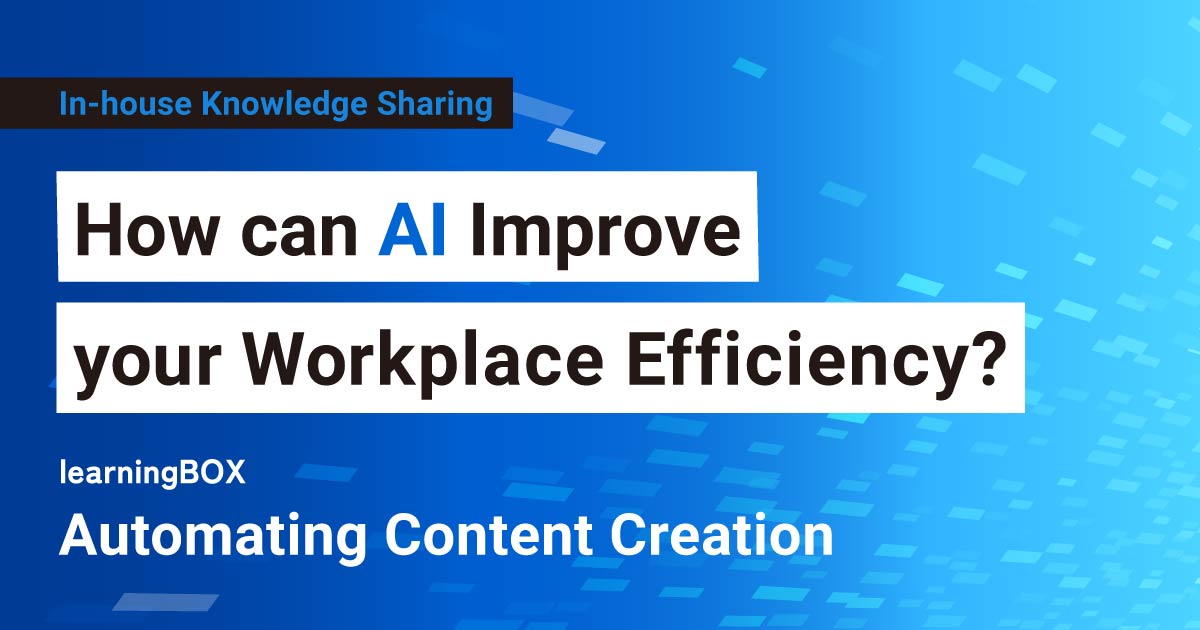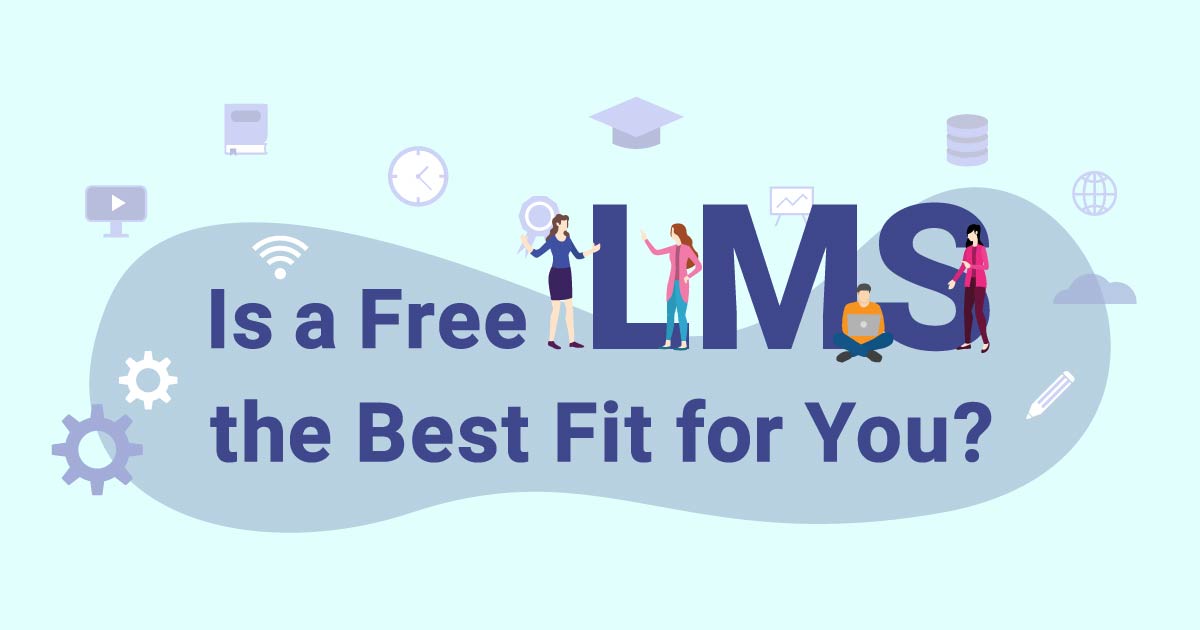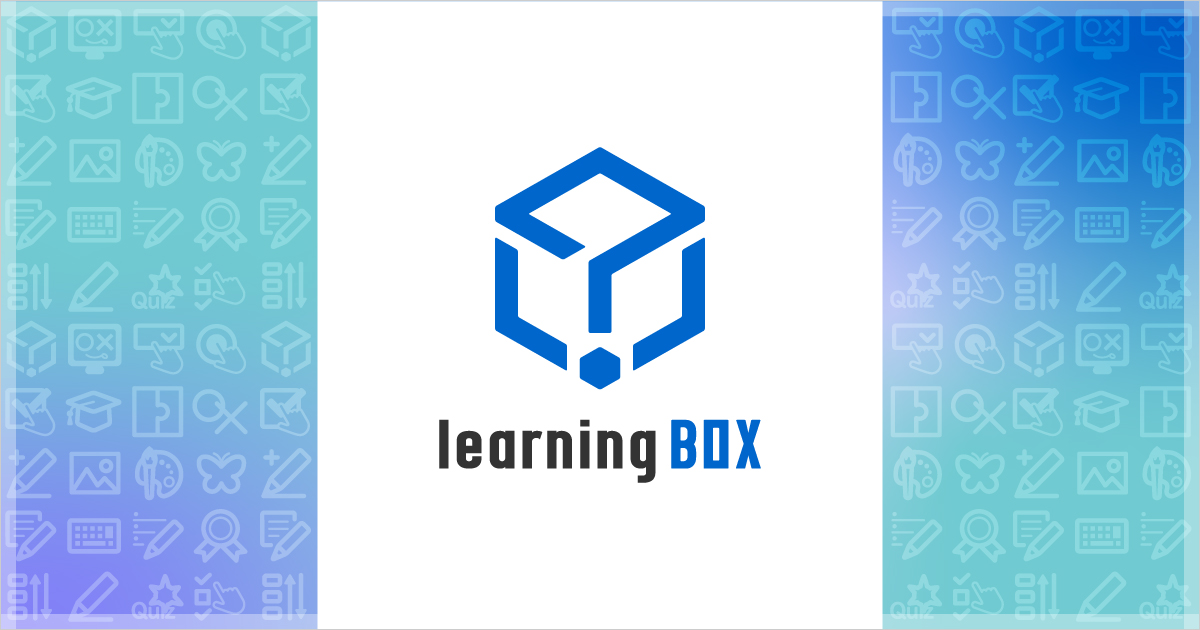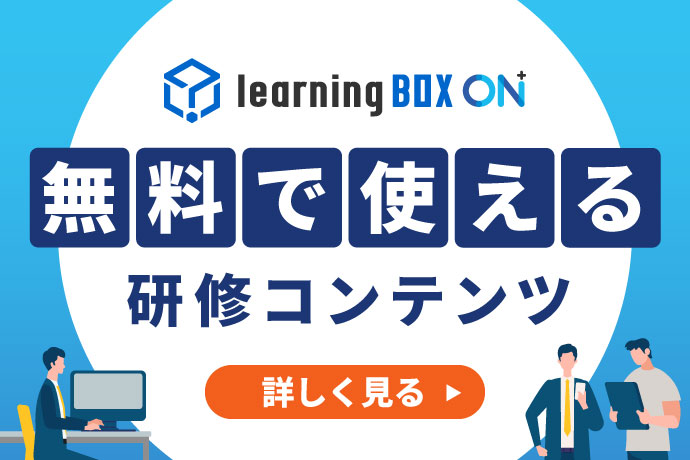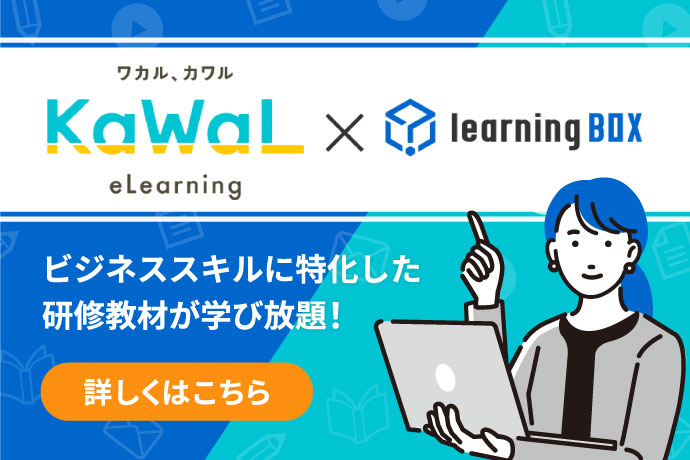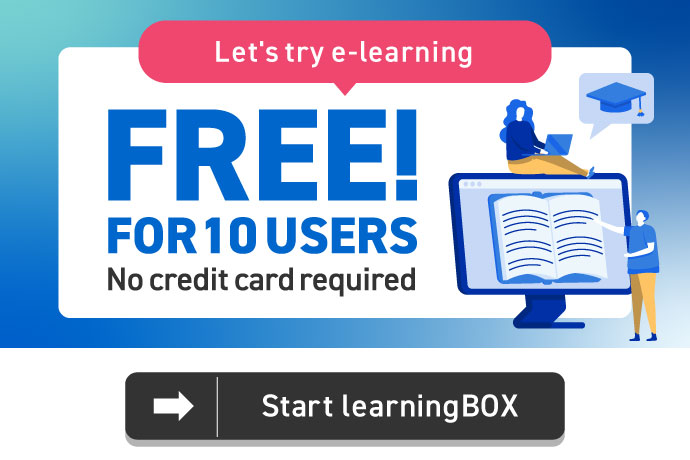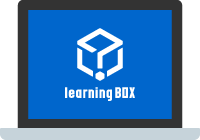The number one education trend right now! Microlearning is changing human resource education
The hottest education trend right now! Microlearning is changing human resource education
My name is Kidaoka, and I am in charge of marketing!
Dear corporate HR and education staff, have you ever heard of a learning style called "microlearning"?
Microlearning is an effective learning method for human resource development and in-house education!
Microlearning is a learning method that allows you to make effective use of your spare time, and is suitable for in-house training, lifelong learning, and other forms of human resource development that are necessary for the long-term growth of your company.
The new coronavirus has made it difficult for companies to conduct conventional group training programs.
The Corona disaster brought to light various problems and issues related to in-house training, such as the introduction of e-learning and remote work in a rush to respond to the corona, and leaving all training for new employees to self-learn.
In order to overcome these challenges, companies are always looking for new training methods.
In this article, we will introduce the background of microlearning and the advantages and disadvantages of its introduction.
We hope you enjoy this article.
Click here for Table of Contents
1. microlearning is now the focus of educators' attention
2. Advantages and Disadvantages of Microlearning
3. Educational Reforms Using Microlearning
4. Summary
Microlearning is now the focus of educators' attention
Microlearning is a learning style in which knowledge and skills are acquired through short, small-volume learning programs.
The instructor provides learners with segmented learning materials such as videos and web content that take 1-5 minutes to complete, and learners can access them whenever they want and study on their own.
Conventional learning is generally a style in which the learning volume is 30 minutes to an hour or more, and the learner sits down at home on a PC using a large amount of time.
Compared to this, learning time for microlearning is generally completed in a short period of time, about 1 to 10 minutes.
Therefore, students can make effective use of their study time during their commute to and from work or school, between household chores, or at other times that are convenient for them.
Micro" is a word meaning "small," and it indicates that, compared to conventional e-learning, a short period of time can be used as a single unit of study.
It is said that one learning session can last from 1 to 5 minutes, up to 10 minutes at the most, but there is no clear definition.
Why is microlearning attracting attention?
The reason why microlearning is attracting attention has a lot to do with the diversification of work styles and the widespread use of the Internet and smartphones.
With the development of IT technology, many people, especially those born after the 1980s, are more familiar with mobile devices than with computers.
In the past, in-house training and training for new employees generally consisted of group training sessions where participants gathered in one place.
Even in companies that have introduced e-learning, learning was only possible on a computer, or each video material was made in a long time, requiring employees to spend a good amount of time in front of a computer for learning.
Microlearning is said to be an easy learning style for millennials who are familiar with PCs and smartphones.
The main reason why microlearning is attracting attention is that it is an "easy, no-impact, and easy-to-continue" learning style that fits the lifestyles of modern people.
It is a learning style that could become an important educational trend in the future, precisely because of today's busy lifestyles.
*The Millennial Generation refers to the generation born after 1981 and reached adulthood after 2000, who have grown up with digital technologies such as PCs, the Internet, SNS, and smartphones for as long as they can remember.
Advantages and Disadvantages of Micro-Learning
▼ Here are some of the advantages and disadvantages of microlearning.
Microlearning is said to have many advantages, such as "effective use of spare time, reduced cost of creating learning content, and high learning effectiveness.
While microlearning is said to be beneficial for both sides (the company and the employee), there are some contents that are not suitable for curriculums that require long hours of learning.
Advantages of Microlearning
The major advantages of microlearning are the flexibility of where and when to study and the effectiveness of the learning process.
Since the learning time for each material is short, the hurdle for continuing learning is lowered, and it is expected that learning will become a habit through continuity.
1. study in your spare time
Since the contents are short, you can study in your spare time such as during your commute or breaks.
If you study on a smartphone or tablet, you can download the contents in advance, so there is no need for communication during study.
Also, learners can study on their PCs during breaks at work and on their mobile devices while traveling or at home.
2. Less burden on the learner
Microlearning is a quick and easy way to learn, so the burden on the learner is small!
Because it does not require a large amount of time or effort, it is significantly more effective in terms of retention!
You can read more about the benefits of microlearning in this article.
Disadvantages of Microlearning
Microlearning is not suitable for learning complex knowledge or interpersonal skills.
Microlearning's strengths are limited to the acquisition of simple knowledge.
Cases in which specific overviews, theories, or other examples are carefully explained are difficult to handle with a microlearning style of learning.
However, effective learning can be expected when microlearning is used for learning small topics contained within larger topics, organizing key points, and conducting confirmation tests.
To implement microlearning, there is a cost to prepare the system.
This does not end once the system is prepared; there are also costs associated with system management, updating of teaching materials, and other operational costs.
Educational Reforms Using Microlearning
Microlearning is not only effective for learning, but also makes learning a habit.
Microlearning is easy to use and can be used in a variety of situations.
Let's take a look at some microlearning applications.
Here are some examples of situations where microlearning can be used.
Microlearning can be used for in-house training of new employees
New employees need to learn many things as soon as they join a company.
They need to acquire basic business manners, knowledge of the industry, and knowledge related to the work to which they will be assigned, before they go out to work in the field.
By learning rudimentary business skills, such as how to greet people and exchange business cards, in detail through microlearning, specific knowledge and images can be easily established, and the employee can quickly become a competitive force.
By providing this type of education through video, it is easier to visualize the job in concrete terms and for the knowledge to take root, making subsequent instruction and training proceed smoothly.
In addition, if educational materials are produced in advance, and if independent learning is encouraged through micro-learning, it will also help reduce education and training costs.
No.2 Confirmation of Key Points in Preparation for Qualification Examinations
In order to pass a certification examination, students need to memorize the knowledge necessary to pass the exam.
In order to ensure that they can improve their scores in a limited amount of time, "preparation and review" outside of class time is very important.
Rather than slavishly continuing with learning that doesn't last, studying frequently in short units such as microlearning is a shortcut to achieving results in the certification examinations.
learningBOX is a learning management system that goes well with microlearning.
Our e-learning system (learningBOX) is free for anyone from individuals to companies to start using e-learning.
All you need to prepare is a computer and an Internet environment. You can start microlearning from the day you register.
The learningBOX can be divided into short units of learning content for each material.
learningBOX features an e-learning system that even first-time users can use with confidence!
No computer knowledge is required! Even if you are not familiar with the system, you can easily learn how to set it up by touching it.
The design is extremely simple.
Features of ▼learningBOX
There are more than 13 types of questions in the web test and quiz creation function.
The web-based test and quiz creation function offers more than 13 different types of questions.
The web-based learning box allows for easy distribution of training materials, eliminating the need for printing or preparation of a training venue.
Tests can be created for all types of industries and fields.
You can also sell your own teaching materials by converting them into e-learning.
Articles related to in-house training and certification test preparation using *learningBOX are explained in detail here.
⇒For more detailed information on how to use learningBOX, please visit learningBOX Application Scenes.
Conclusion
In this article, we have introduced the background behind the attention to microlearning and its advantages and disadvantages.
It is expected that learning methods that allow people to "learn spontaneously whenever they want to learn" will continue to be an expanding trend.
By introducing microlearning, companies can expect to efficiently enhance the knowledge and skills of their employees.
LearningBOX is also available as a free plan for an unlimited period of time.
This plan allows up to 10 users, including the administrator, to use almost all of the features for free, with the exception of optional features that require a fee.
Please take this opportunity to try our learningBOX.



